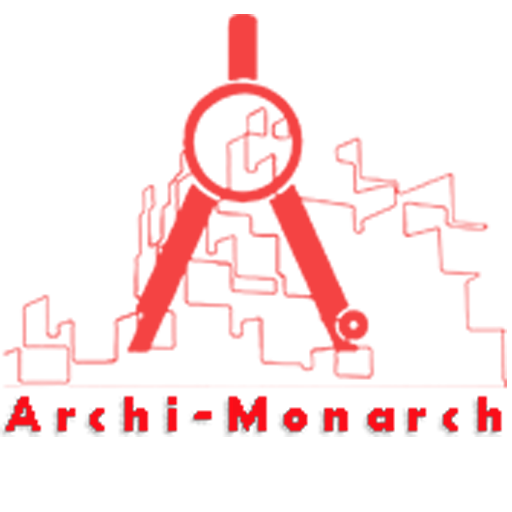An intersecting chamber in campus architecture refers to a space where different architectural elements or pathways converge, creating a dynamic and multifunctional environment. These chambers often serve as transition zones, connecting various parts of a building or campus while encouraging interaction and movement.
The design of intersecting chambers can enhance spatial flow, provide natural lighting through carefully placed openings, and create visually striking forms by overlapping structural elements.
They also foster a sense of community, offering informal gathering spots where students and faculty can cross paths, exchange ideas, and collaborate. The thoughtful integration of intersecting chambers contributes to a more engaging and interconnected campus experience.
If you want to know about the kitchen detail or miscellaneous detail or water tank detail, please click the link.
Image of Intersecting chamber detail and downloadable (in DWG) link below

Intersecting chamber detail drawing – 1
An intersecting chamber detail drawing in construction typically illustrates the point where two or more spaces, pathways, or structural elements intersect.
Here’s a written description of what such a drawing would include:
Plan View (Top View):
- Shows the layout of the intersecting chambers, including walls, openings, and structural supports.
- Highlights the junction points, where walls or corridors meet, with dimensions and material specifications.
- Indicates flooring transitions and any level changes.
Section View (Cut-Through):
- Depicts vertical relationships between floors, ceilings, and roof elements.
- Shows structural components like beams, columns, and load-bearing walls.
- Includes details of any overlapping elements, such as lintels or archways.
Elevation View (Side View):
- Illustrates the height of the intersecting elements, window placements, and facade treatments.
- Shows surface finishes, materials, and any decorative elements.
Detail Section (Zoomed-In View):
- Focuses on connection points, such as joints between walls and ceilings.
- Specifies construction techniques, fasteners, reinforcements, and sealants used.
Annotations and Legends:
- Provides labels for materials, structural elements, and dimensions.
- Includes notes on construction methods, tolerances, and alignment instructions.
Our tips to help you improve your architectural Intersecting chamber detailing.
